
John Kay (Flying Shuttle) ストックフォトと画像 Getty Images
Quick Reference (1704- c. 1780). Engineer and inventor. Born in 1704 near Bury (Lancs.), Kay patented his flying‐shuttle for a loom in 1733. It produced a great speeding‐up in the process of weaving, but Kay experienced considerable difficulty in exploiting his invention.

🏆 John kay 1733. John Kay. 20221115
In 1733, John Kay invented the flying shuttle, an improvement to looms that enabled weavers to weave faster. The original shuttle contained a bobbin on to which the weft (weaving term for the crossways yarn) yarn was wound.

John Kay and the flying shuttle Stories from Lancashire Museums
The flying shuttle was one of the key developments in the industrialization of weaving during the early Industrial Revolution.It allowed a single weaver to weave much wider fabrics, and it could be mechanized, allowing for automatic machine looms.The flying shuttle, which was patented by John Kay in 1733, greatly sped up the previous hand process and halved the labor force.

PPT The Industrial Revolution PowerPoint Presentation ID2328575
In 1733 John Kay patented his flying shuttle that dramatically increased the speed of this process. Kay placed shuttle boxes at each side of the loom connected by a long board, known as a shuttle race.
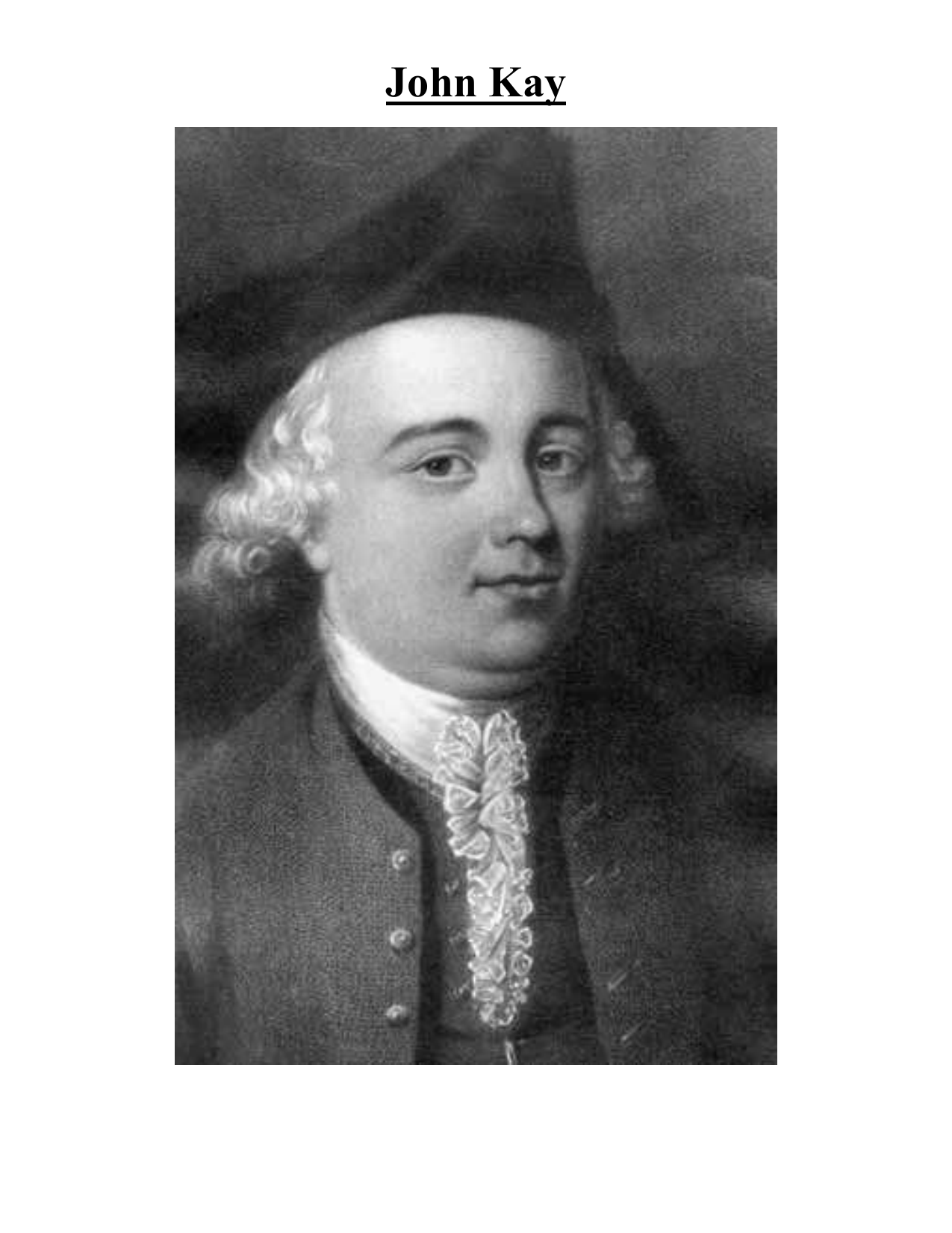
John Kay
The brainchild of John Kay, the flying shuttle received a patent in the year 1733. Its implementation brought about an acceleration of the previously manual weaving process and resulted in a significant reduction in the required labour force.

En 1733, John Kay inventó la lanzadera volante, que permitía que se tejiera a mano mucho más
In May 1733, Kay patented his "New Engine of Machine for Opening and Dressing Wool". This machine included the Flying Shuttle. Before the invention of the Flying Shuttle, weavers had to pass the shuttle through the warp threads by hand. Kay's invention put the shuttle on wheels and controlled it with a driver.
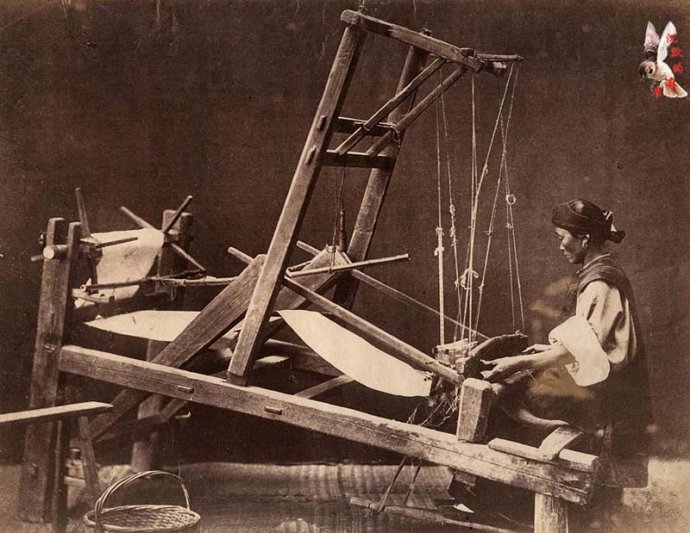
textile on emaze
Engineer and inventor. Born in 1704 near Bury (Lancs.), Kay patented his flying-shuttle for a loom in 1733. It produced a great speeding-up in the process of weaving. Kay experienced considerable difficulty in exploiting his invention.

Lithograph of John Kay , who patented the flying shuttle in 1733,... News Photo Getty Images
It was invented by John Kay in 1733. In previous looms, the shuttle was thrown, or passed, through the threads by hand, and wide fabrics required two weavers seated side by side passing the shuttle between them. Kay mounted his shuttle on wheels in a track and used paddles to shoot the shuttle from side to side when the weaver jerked a cord.

Amazon.co.jp ルームフライシャトル 1733 Nthe Fly Shuttle Loom (フィグ 1) John Kay 1733年に特許取得済 The Unmodified
In 1733, John Kay invented the flying shuttle—an improvement to weaving looms and a key contribution to the Industrial Revolution . Early Years Kay was born on June 17, 1704, in the Lancashire hamlet of Walmersley. His father, Robert, was a farmer and wool manufacturer but died before he was born.
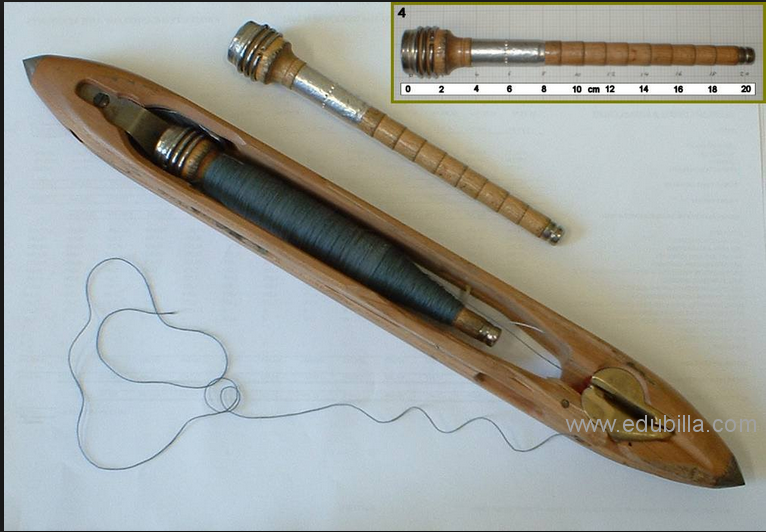
1733 The Flying Shuttle
Details. Title: Loom with "Flying Shuttle". Creator: Erfinder: John Kay. Date: 1801/1825. Location: Süddeutschland. The flying shuttle devised in 1733 by John Kay revolutionized the rhythm of work with the loom. Until the invention of the flying shuttle, weavers had thro.
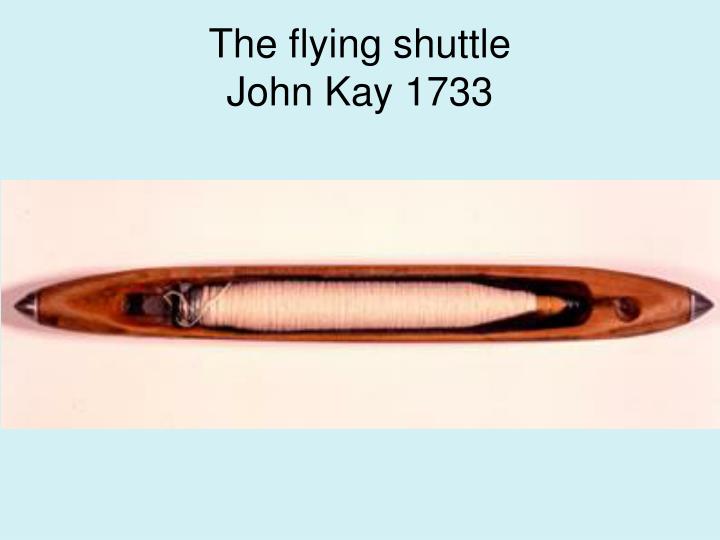
PPT Den industrielle revolusjonen i England PowerPoint Presentation ID5837414
On May 26, 1733, he received a patent for a "New Engine or Machine for Opening and Dressing Wool" that incorporated his flying shuttle. The flying shuttle was mounted on wheels in a track and paddles were used to bat the shuttle from side to side when the weaver pulled a cord.

John Kay Wiki & Bio Everipedia
In 1733 English inventor John Kay received a patent for a "wheeled shuttle" for the hand loom, which greatly accelerated weaving by allowing the shuttle carrying the weft to be passed through the warp threads faster and over a greater width of cloth. It was designed for the broad loom, for which it greatly reduced labor, as it required only one operator per loom.
:max_bytes(150000):strip_icc()/GettyImages-51242011-5ae138eb3128340037b85235.jpg)
John Kay and His Impact on Weaving
John Kay (17 June 1704 - c. 1779) was an English inventor whose most important creation was the flying shuttle, which was a key contribution to the Industrial Revolution. He is often confused with his namesake, [10] [11] who built the first "spinning frame". [12] Early life
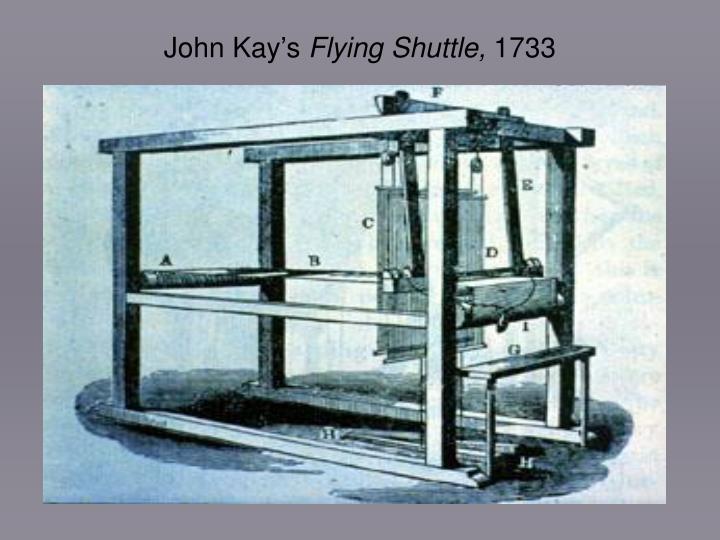
PPT Early Inventions in the British Textile Industry PowerPoint Presentation ID3037752
The flying shuttle was developed by John Kay in 1733 as a way to upgrade weaving looms and to contribute to the Industrial Revolution. It allowed the shuttle carrying the weft to pass quickly through the threads, improving the overall time that was being consumed doing the same earlier, this changed the textile industry and weaving process forever.

Invented by John Kay in 1733 the ' Flying shuttle' was a vital invention in the midst of the
John Kay, (born July 16, 1704, near Bury, Lancashire, England—died c. 1780, France), English machinist and engineer, inventor of the flying shuttle, which was an important step toward automatic weaving. The son of a woolen manufacturer, Kay was placed in charge of his father's mill while still a youth.

PPT The Industrial Revolution PowerPoint Presentation, free download ID6002213
A significant invention of the Industrial Revolution was the flying shuttle, which was invented by John Kay in 1733. John Kay was an English inventor and is remembered today for inventing the flying shuttle along with other devices important to the textile industry in England. In 1733, he developed a wheel shuttle, later known as a flying shuttle.